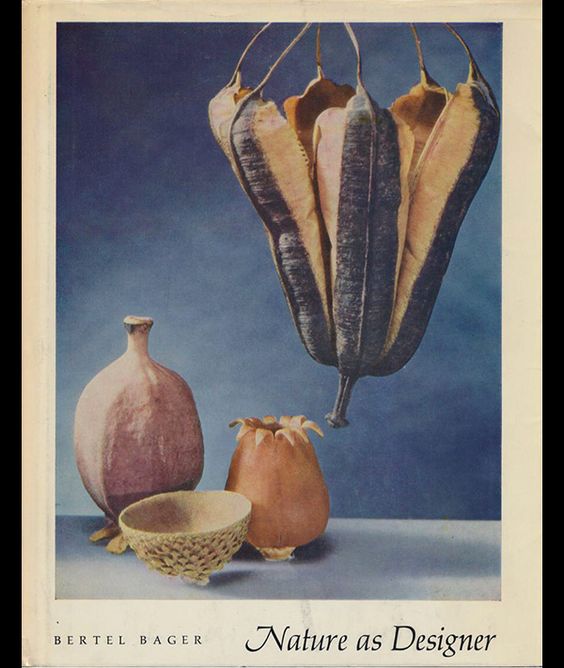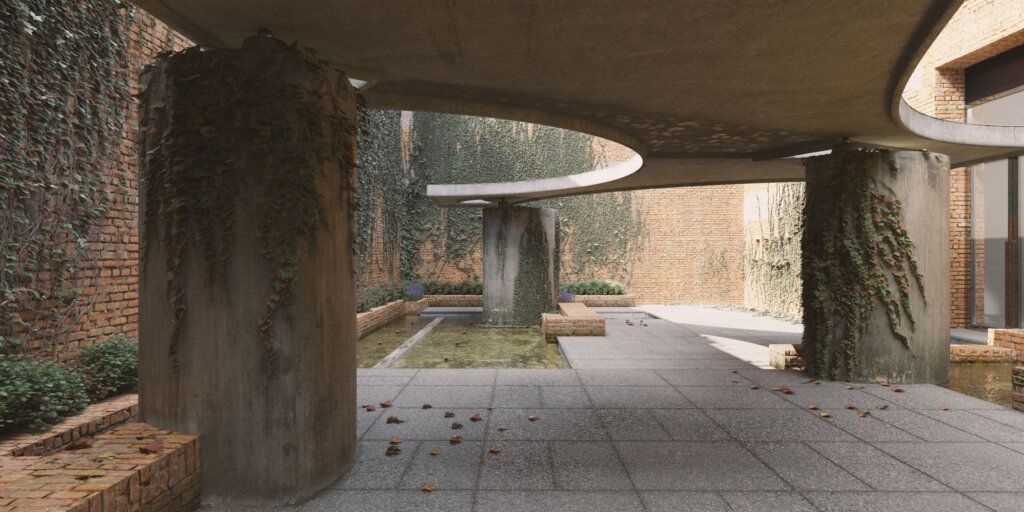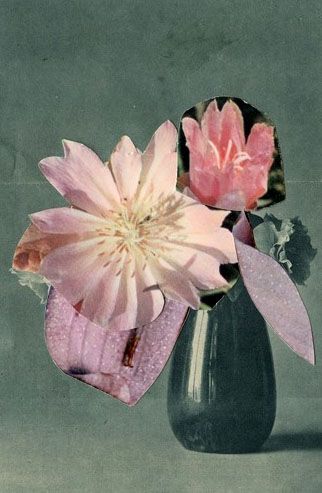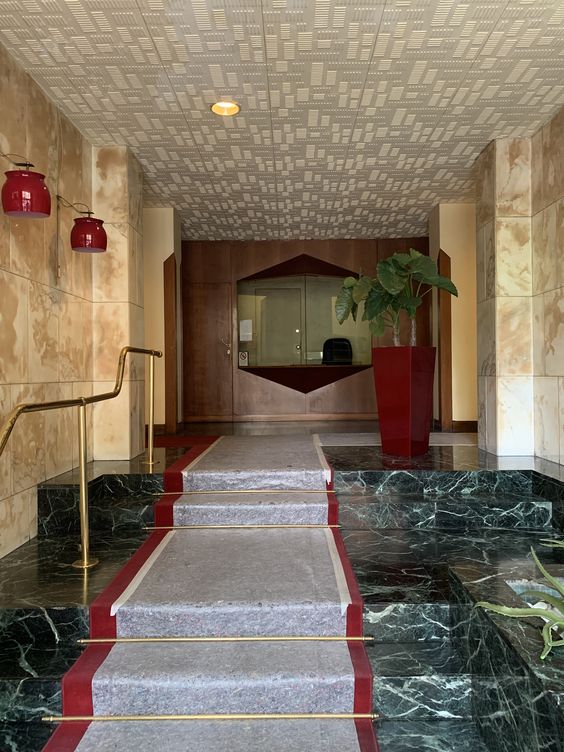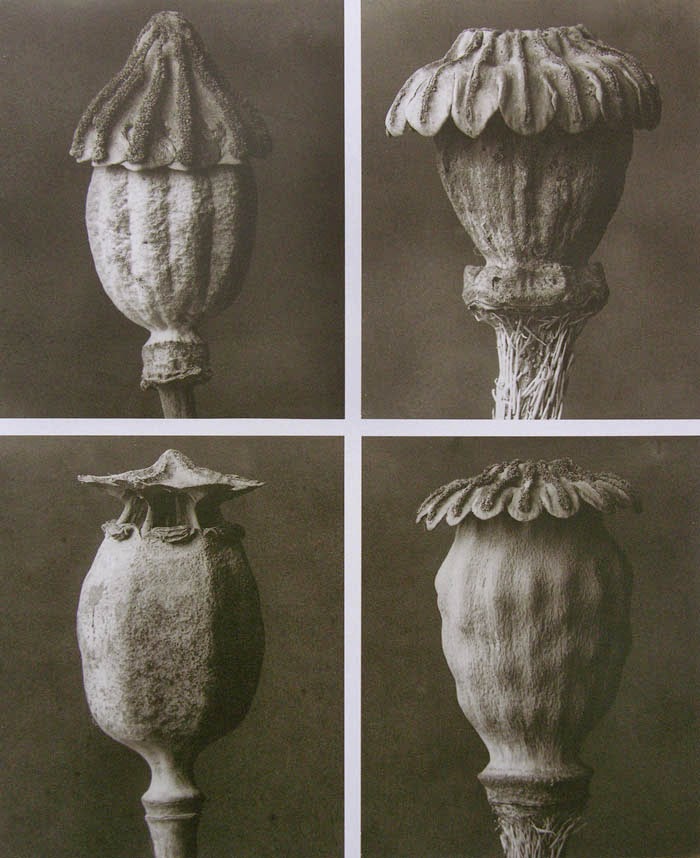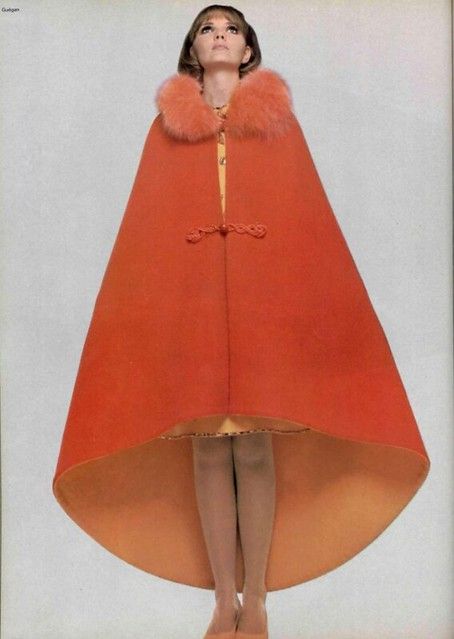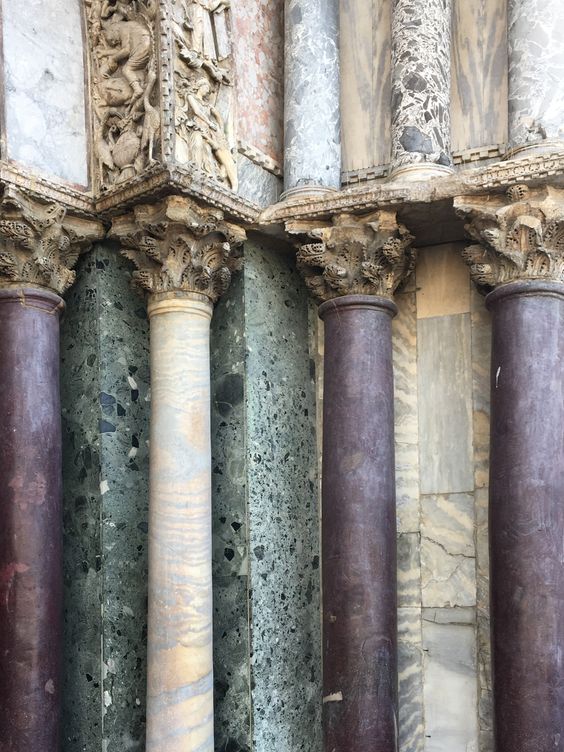Take a dive into the mood and style of Cristina Celestino.
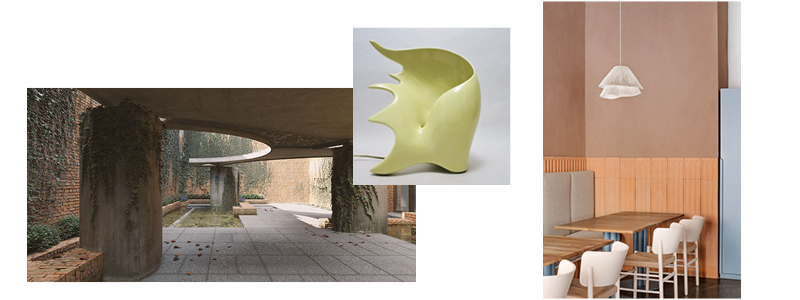
Cristina Celestino is a Milan-based architect and designer. She has been collaborating with cc-tapis since 2018 when her Envolée rug was launched at the Biennale Interieur in Belgium. She is a prolific creator who has designed for some of the world’s most exclusive brands as well as creating her own design firm working on special research projects which she produces in limited series. She is also a collector of design and we would like to give you a sneak-peak into her creative world.
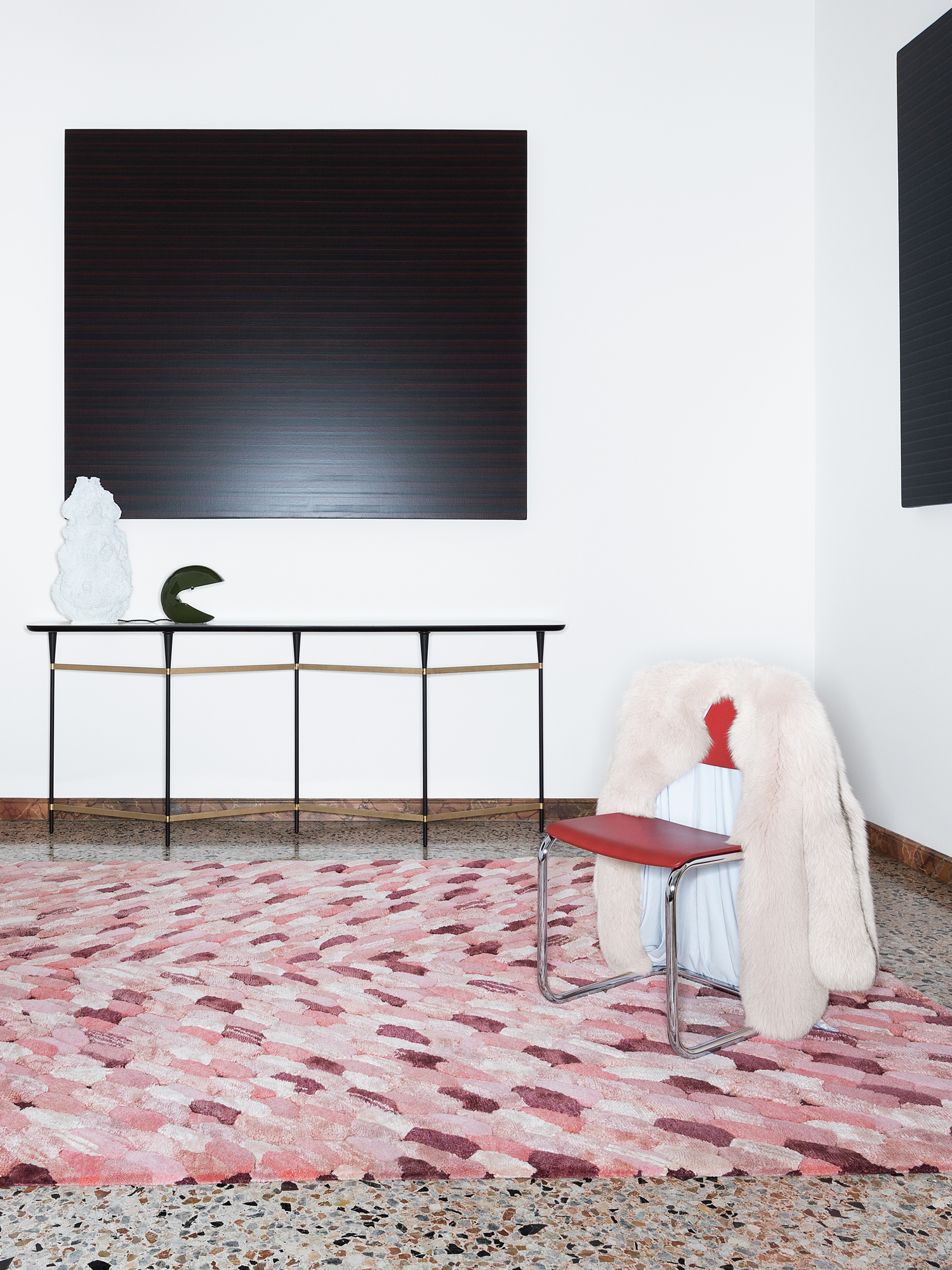
How you start your design process? Do you sketch by hand or do you work directly on a computer?
I start from a collection of images and suggestions – until I find a story to tell through the project, consistent with the brand I’m working with, a story that enhances the materials and processes – I visualize the first ideas of applying the concept to the product through quick free-hand drawings and then go on to verify everything with renderings. The transition from drawing to sketches / material samples / 3d views is continuous in the design process.
Actually, I always work with layers, with depth. I wonder: how do I bring something from 2D to 3D? For instance, when I choose wallpaper, I like to go for something with a striking structure. Then I have the print applied by hand. If I want to add extra facets, I have it embroidered. I don’t make choices via a screen, I think it’s important to experience things myself, I really want to see and feel everything.
How do you find changing the scale from designing small objects such as vases, to designing entire boutique interiors?
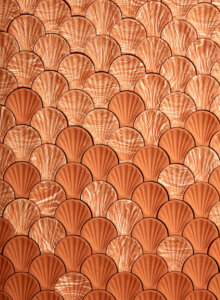
When I design a product, a chair, or a lamp, I start to think not only to the single item, but also to the whole mood, and to the interiors where it could be used. I give much attention to the proportions and the right size: I always start to sketch from the floor line.
For me there is not much difference between designing an interior or furniture, in the end, they both must have a strong personality and power, both the interiors and the product are always designed to tell the customer’s story (whether it is a brand or a private client) through consistent use of materials, colors and finishes – they are always “exclusive” projects where the term exclusive does not mean a reference to the concept of luxury but to the inherent planning and the time always necessary to develop a good project.
On different scales, details are always what matters most. Every last finishing, all the colors, and fabrics must be perfect and work together until I am satisfied and the interior breathes a unique atmosphere.
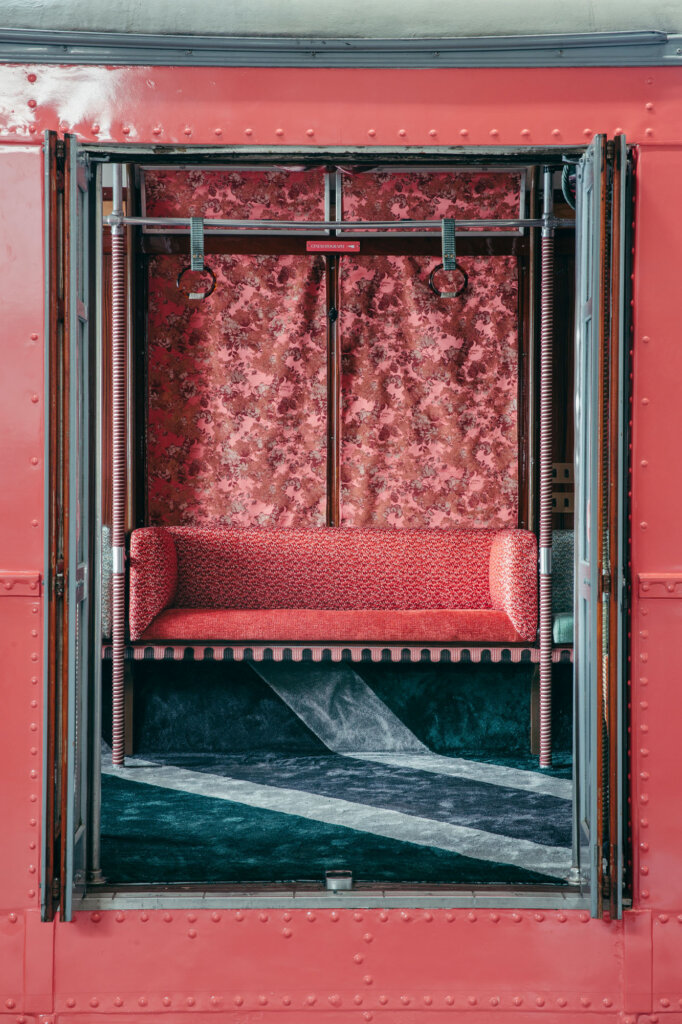
You work with a multitude of different materials: terracotta, glass, textile, metal, stone, wood…. do you have a preference for a specific material?
Regarding colors and textiles, I can tell you what I feel closer to me at this moment: warm colors, tones from terracotta to more neutral tones, and dark accents.
Materials with a natural touch: marble and wood with natural finishes, only polished. For metals, I imagine a return to stainless steel finishes and also of copper.
The textile part is always very important, both for what concerns the research for the correct yield for the project and for what concerns the final result. Working with cc-tapis allows me to customize the carpets too, and if the project allows it, to design and produce tailor-made products with the collaboration of the company, both in terms of material rendering, graphics, and the shape of the carpets.
I do not have a favorite material overall; in my projects, I always like to mix different materials, and every time it is interesting getting in touch with various manufacturers who give me the opportunity to deepen my knowledge of new materials and unexplored manufacturing techniques.
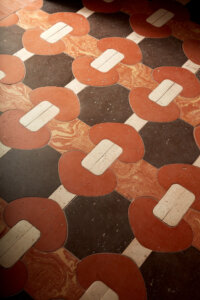
Your Envolée rug for cc-tapis explores the natural micro-textures and patterns in the wings of butterflies, do you take a lot of inspiration from nature?
To me, research is fundamental to find the right storytelling for the project and to collect references from the most diverse fields: Envolée is the re-elaboration and synthesis of an entire research project. Nature is definitely one of the main research areas of my work, together with the history of architecture and architecture in general, art and fashion. In the case of Envolée I wanted to work with a texture; we never work with pure graphics and I do not find it consistent with my work to draw on geometries or illustrations that are pure exercises of signs and symbols. Drawing on Nature allowed me to work on a sort of repeatable but soft and organic pattern, with a very emotional reference. The material rendering of the design was a challenge that gave us the opportunity to experiment with different materials (such as linen).
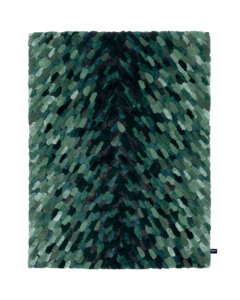


Your design firm Attico Design creates special commission-based projects, working with traditional craftsmen, what have you learned from working with artisans?
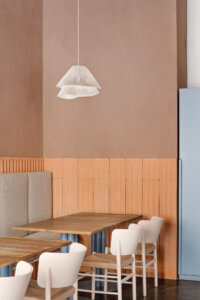
It is important to know the production processes behind the creation of the singular pieces, whether they are artisanal or industrial. I am extremely fascinated by handmade artisanal processes because they allow much more creative freedom. Each material has its own specificities that can be investigated only thanks to a close relationship with manufacturing, whether it is a small artisan workshop or a company structured for mass production – it is always interesting to bring out in the product or in the interior design.
Ceramic, for instance, is a magical material, extremely complex to work with, subject to shrinkage, but easy to shape, the process of firing ceramics in the kiln is very intriguing and almost alchemical: the mixture of earth and water, with the addition of fire and heat, becomes an everyday product, resistant and durable.
Each one of your projects has its own color palette, how do you match a color with a project?
The color palette of a project comes from the briefing, from the specificities of the place and of the context, and from the story that I want to tell through a project. The colors become different in every material and with different finishes, I really like playing with shades of the same color, applied on different materials. Every design is about balance, and even in the case of colors, it is always a question of achieving the correct balance while daring with unexpected combinations and strong color accents.

Quick-fire questions:
Your favorite place in Milan:
The Museum of Natural History in Porta Venezia, Milan.
Your favorite building in Milan:
Palazzo and Torre Rasini
Your favorite design object:
Nanda Vigo, Golden Gate
Your favorite cocktail:
Spritz
Here are some images and art where Cristina gets her inspiration from:
